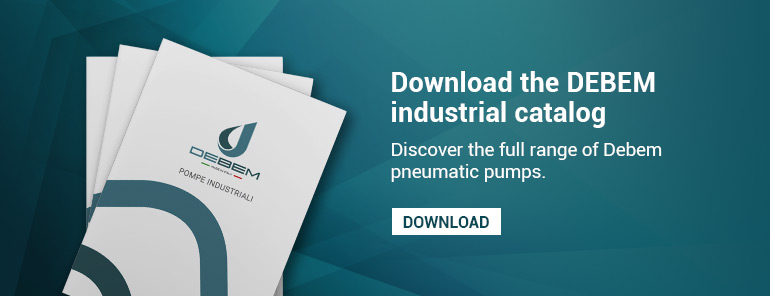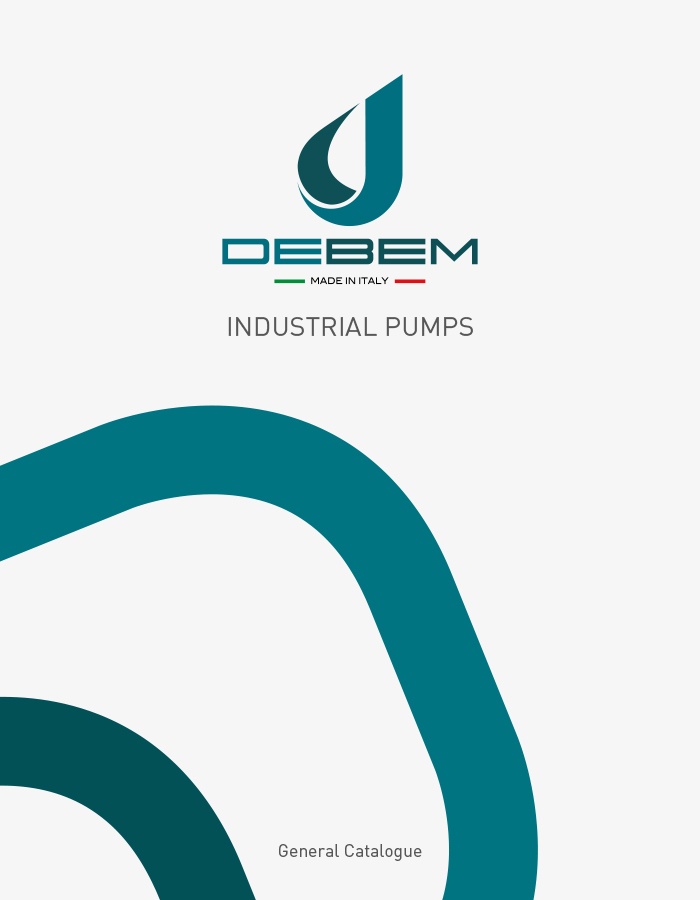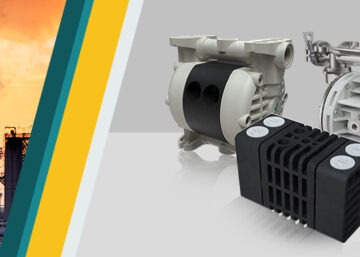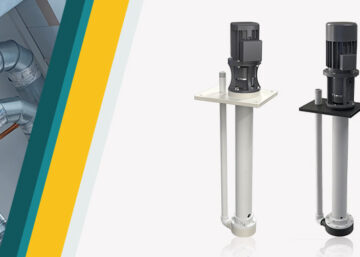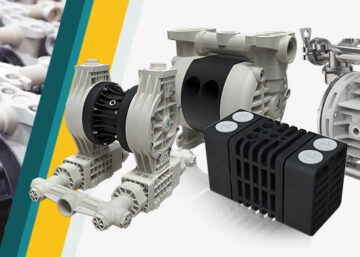The diaphragm pump price is one of the most significant factors affecting the calculation of the average life-cycle cost of the product. In fact, double-diaphragm pumps are an increasingly popular solution in heavy-duty applications involving the transfer of particularly aggressive or difficult fluids. The growing popularity of these pumping solutions is mainly due to their high performance in terms of efficiency and reliability, but also to their particularly cost-effective conditions. In addition to having an affordable purchase price, double-diaphragm pumps also require low maintenance and repair, making them an optimal choice for handling pumping operations with high efficiency and reliability. To determine a reliable life-cycle cost of the pump, however, it is necessary to properly evaluate the short and medium-term costs. Let us discover together the variables to be considered to determine this value correctly.
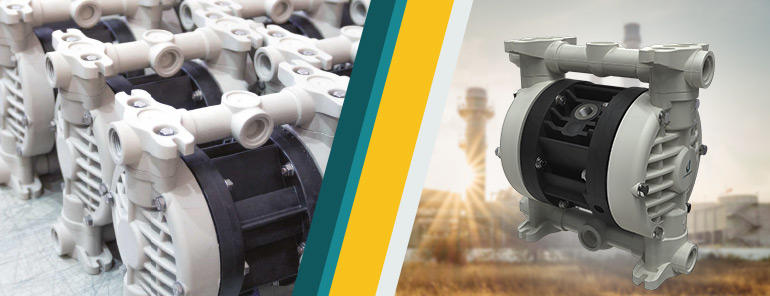
Factors affecting the average life cycle cost of a double diaphragm pump
Let us first start by defining what is meant by the life-cycle cost of a product. The latter is the total expenditure value included in the time interval between the purchase of the product and its subsequent disposal. The life-cycle cost of a piece of equipment at the company level is generally calculated to know the costs to be incurred both for the purchase of the asset and for its operation and maintenance. The factors involved in determining the life-cycle cost of a pump are as follows.
AODD pump price
The first value that contributes to determining the pump’s life cycle is the air operated diaphragm pump price. Several variables influence this factor, such as pump size, flow rate values, connection size, construction material and the type of equipment fitted to the pump (e.g. valves, special couplings, remote control systems, etc.). Generally, pumps made of stainless steel are characterised by a higher price range than pumps made of plastic materials.
Choice of diaphragm pump material
The choice of material is a key aspect in safeguarding the service life of a pump. The main criterion for evaluation is the degree of compatibility between the pump material and the liquid to be pumped. For this reason, it is always advisable to use a chemical compatibility comparator, such as the one supplied by Debem, which provides a preliminary assessment of the degree of compatibility between substance and pump material. A material that is not suitable for the fluid to be pumped could damage the pump components, increase the risk of wear and tear and cause downtime with negative consequences for maintenance and repair costs.
Appropriate pump sizing
Operating the pump at its maximum capacity for long periods of use could reduce the pump’s efficiency, increase the risk of wear and thus reduce the product’s life cycle. For this reason, it is always advisable to correctly assess the sizing of the pump by preferring a version that is slightly higher than the actual usage requirements. In this case, the price differential between the two versions can more than compensate for the loss of efficiency of an undersized pump.
Membrane pump installation cost
AODD pumps are characterized by their low installation cost compared to other pneumatic pump models. This is due to the special design features that do not require electrical power sources and other particularly onerous installation requirements. For a diaphragm pump to start up properly, the presence of an air supply source, fluid connections and localized valves on the inlet and discharge lines of the pump is sufficient.
Maintenance costs of the diaphragm pump
As we have seen, the maintenance costs of a diaphragm pump can be reduced by taking appropriate choices in terms of material selection and pump sizing. A further optimization of this type of cost is the scheduling of an adequate maintenance activity which, if carried out periodically by specialized personnel, could reduce the risks of extraordinary maintenance work and extend the life of the equipment in the same period.
Plant downtime cost
The downtime of a plant caused by a machine stoppage is a type of cost that indirectly affects the life cycle cost of the product. In this case, it is necessary to calculate the loss of production of the plant or, in more serious cases, the economic damage caused by a product spill. The latter type of risk, in the case of aggressive chemicals or precious liquids, could cause particularly great damage.
Spare parts costs
Spare parts contribute to the life cycle cost of a product. In order to keep these costs under control, it is advisable to adhere to a maintenance cycle that provides for the periodic replacement of a component without waiting for it to fail, thereby jeopardizing the normal operation of the pump or causing downtime.
Costs of accessories
The purchase of accessories for a pump can on the one hand increase the life-cycle cost of the product, but on the other hand they can contribute to optimizations (e.g. in terms of energy or maintenance) that could in this case generate cost savings. For example, a basket-type pump strainer can protect the pump from suspended solids, a reinforcing ring prevents manifolds from breaking, and a three-way valve can automate the switching on and off of a pump remotely.
Long-lasting pumping solutions provided by Debem
Since 1982, Debem has been designing and globally distributing state-of-the-art AODD pumps for all application areas. Superior customer service can provide practical and reliable assistance throughout the life cycle of each pump. If you have any questions about our pumping solutions, please do not hesitate to contact us.



